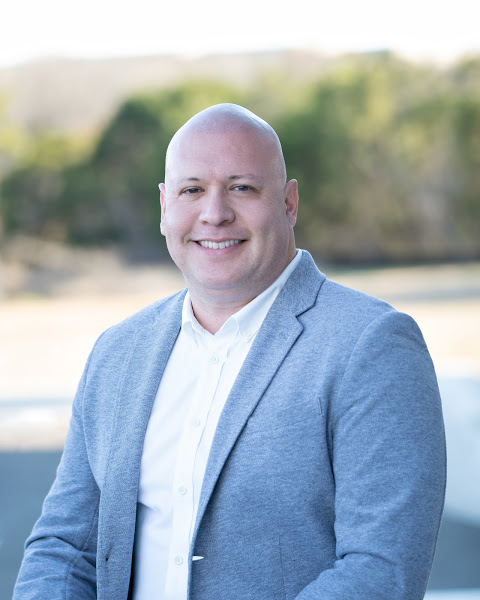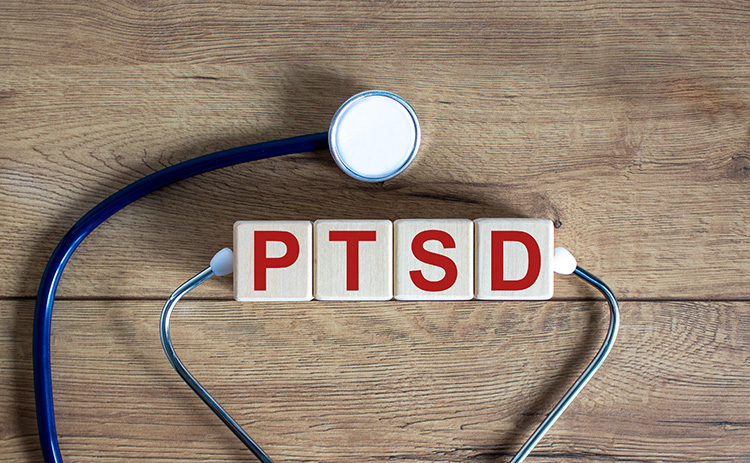Overview
What does PTSD stand for?
PTSD stands for Posttraumatic Stress Disorder.
What is PTSD?
As the name suggests, PTSD is a mental disorder that develops after going through a traumatic event. The event could be emotional (e.g., death of a loved one) or physical (e.g., abuse, accident, war). The following symptoms usually characterize it:
- Flashbacks of the traumatic event
- Intrusive, unwanted thoughts related to the event
- Hypervigilance (always being on alert for any potential danger)
- Fear
- Anxiety
- Self-harming behavior
How do you develop PTSD?
You can develop PTSD either by experiencing a traumatic event first-hand or by witnessing it. If the event was disturbing enough to leave an emotional impact afterward, an individual could start having symptoms of PTSD. These include nightmares, severe anxiety and fear, physical pain, nausea, and so forth. It is also important to note that not everyone who went through a traumatic event will develop PTSD. Most people will initially show common reactions to trauma, feeling upset, fatigue, depression, guilt, sadness, and emotional numbness. However, if they persist with little to no improvement over time, a person could develop PTSD.
How does PTSD affect daily life?
The intensity of PTSD symptoms could affect an individual’s ability to perform tasks, daily activities and maintain a healthy relationship with others. A person with this disorder can feel uncomfortable, nervous, scared, and anxious at any time or place. This could be incredibly frustrating if the person is in a professional environment like at work, attending a lecture/meeting, or even relaxing at night.
Is PTSD curable?
PTSD is not curable. However, with appropriate medications and lifestyle management, a person with PTSD can see a significant improvement. Usually, a mental health professional will diagnose and propose a personalized treatment plan. The most common treatment types for PTSD include medications and psychotherapy.
What triggers PTSD?
Symptoms of PTSD can be triggered by either obvious or less obvious cues. The cues can be sights, smells, or sounds that remind you of a particular aspect of the traumatic event. An obvious one would be, for example, a war veteran being triggered by a loud scream or the sound of a gunshot from a movie. A less obvious example would be the war veteran feeling uneasy on a rainy day because the combat took place during a rainstorm.
When should I see a doctor for PTSD?
It is usual for someone to feel hopeless, distressed, and sad after a stressful event. However, if the symptoms last up to months, or even years, and they start to affect your daily life and interfere with day-to-day tasks, it is important to go see a mental health professional for help. The sooner you seek help, the better your chances are at stopping the symptoms from worsening.



